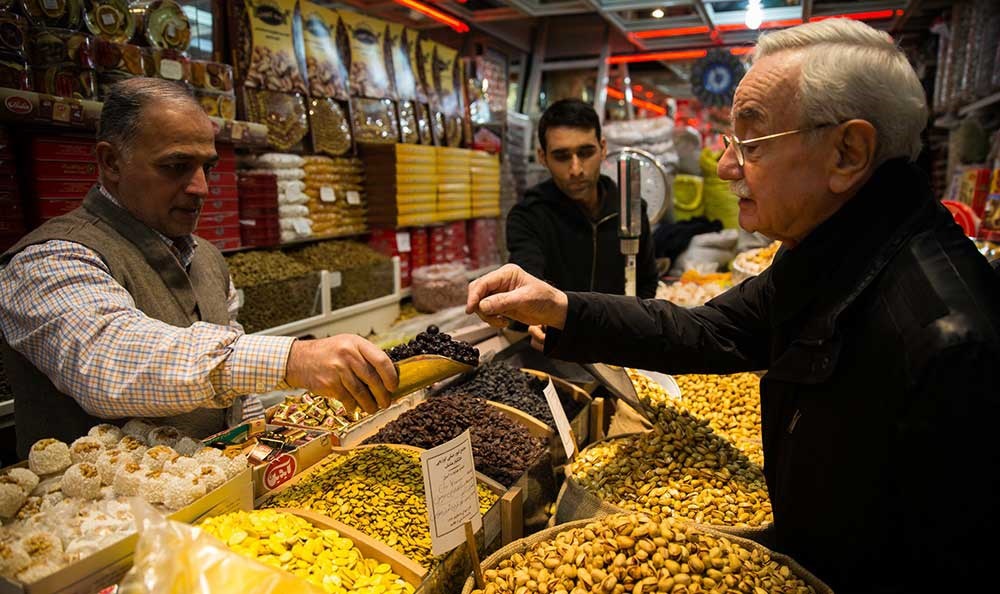The latest report released by the Central Bank of Iran indicates a slowdown in inflation’s uptrend.
The average inflation rate for the 12 months ending July 22, which marks the end of the Iranian month of Tir, stood at 10.3%. The figure was at 10.2% and 9.8% in the two preceding months respectively.
The increase to double digit territory stoked concerns that President Hassan Rouhani administration’s policies to stabilize the economy and pave the way for the inflow of foreign investment might be at risk.
However, the latest CBI report shows the monthly rise in average goods and services Consumer Price Index for urban areas contracted by more than 0.1% in Tir—a two-year low, Financial Tribune’s sister publication Donya-e-Eqtesad economic daily reported.
The contraction in CPI, from 267.3 in the Iranian month to June 21 (Khordad) to 266.9 in Tir, came as the point-to-point inflation ended in the single digit territory after five months, shrinking to 9.9% in Tir.
The year-on-year inflation went above the 10% mark for the first time in months in the second month of winter. Now the dwindling point-to-point CPI growth indicates average inflation will fall back to below 10%, if the slowdown continues.
Inflation went below 10% for the first time after about a quarter century in June 2016. It then followed a downtrend until it bottomed out at 8.6% in mid autumn.
The falling inflation can be attributed to a few factors, according to Donya-e-Eqtesad. Prices become comparatively stable after volatilities ahead of the New Year (which fell in March this year) as well as prior to the presidential elections (in May this year).
The government has also been strictly controlling prices in the past few weeks, though the intervention has proven to only have a temporary effect.
Stable foreign exchange rates are usually correlated with the inflation rate. The rial’s depreciation in December last year had a direct impact on inflation rate. Now the stabilized forex rates have led to a slowdown in inflation’s upward trajectory.
The inflation uptick at the beginning of summer was attributed to two reasons, namely the housing sector that goes through a sale/rent peak this time every year and rising food demand during the Muslim fasting month of Ramadan (May 26-June 24 this year). Following these shocks, prices were predicted to remain stable until the end of summer.
But above all, the inflation rate is influenced by macroeconomic policies. The Economy Ministry’s expansionary approach helped major parts of the economy emerge out of recession last year. This policy is widely expected to continue this year.
Inflation showed an uptrend after the government geared its economic policies to stimulate domestic demand in a bid to stem the slowdown in industries.
Although the Economy Ministry had foreseen the inflation’s rise to above 10% in Khordad, it said the figure will remain under control.
Deputy Economy Minister Hossein Mirshojaeian said late May that the overall inflation rate for the current Iranian year to March 20, 2018, is expected to remain below 10%.
“The government is planning to boost manufacturing and create jobs this year, but it does by no means want to give rise to runaway inflation. Our estimate is that a tight rein will be kept on inflation,” he said.
Rouhani’s top economic advisor, Masoud Nili, had previously said double-digit inflation would jeopardize Iran’s economic growth, which stood at a strong 12.5% for the last fiscal year (March 2016-17), the central bank said.
The Economy Ministry declared that the rise in inflation is a short-term occurrence.


